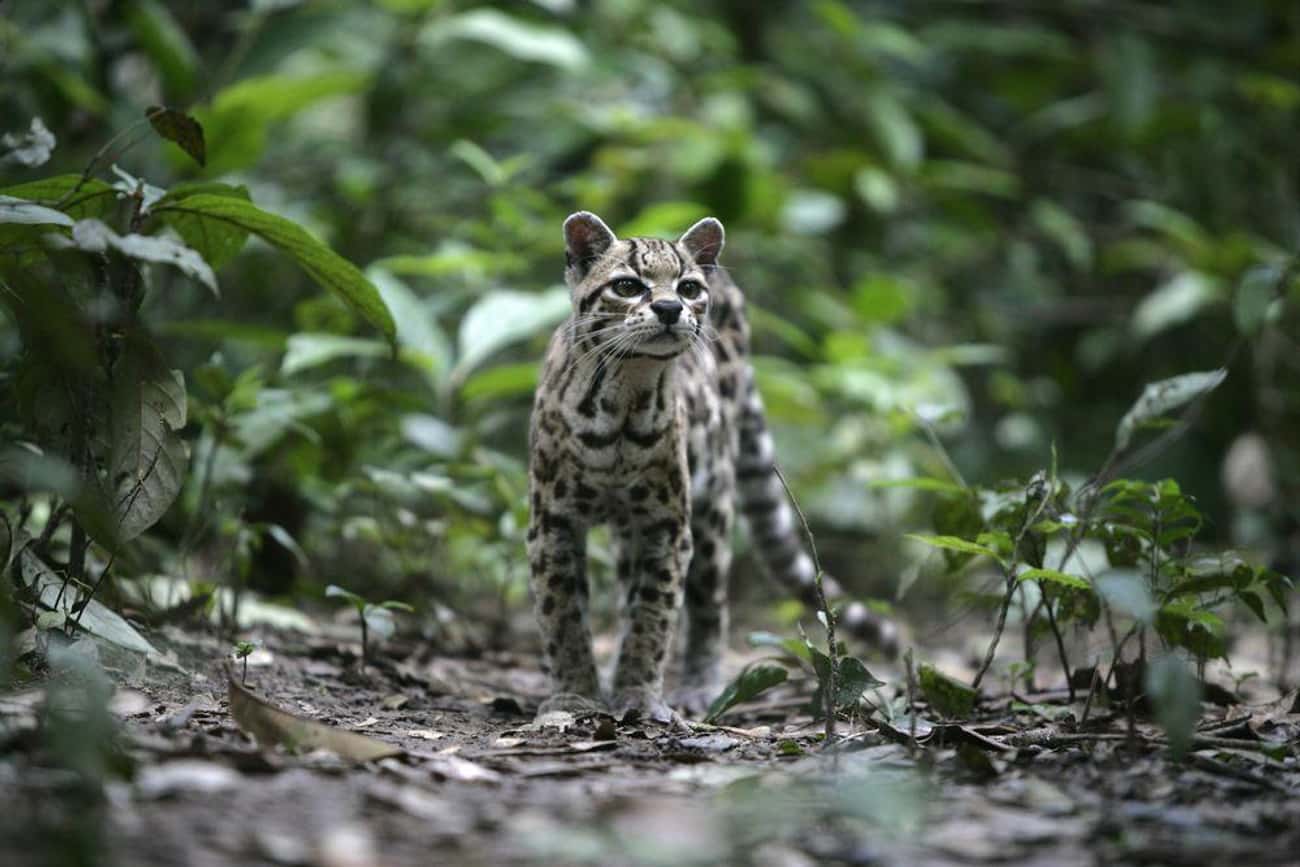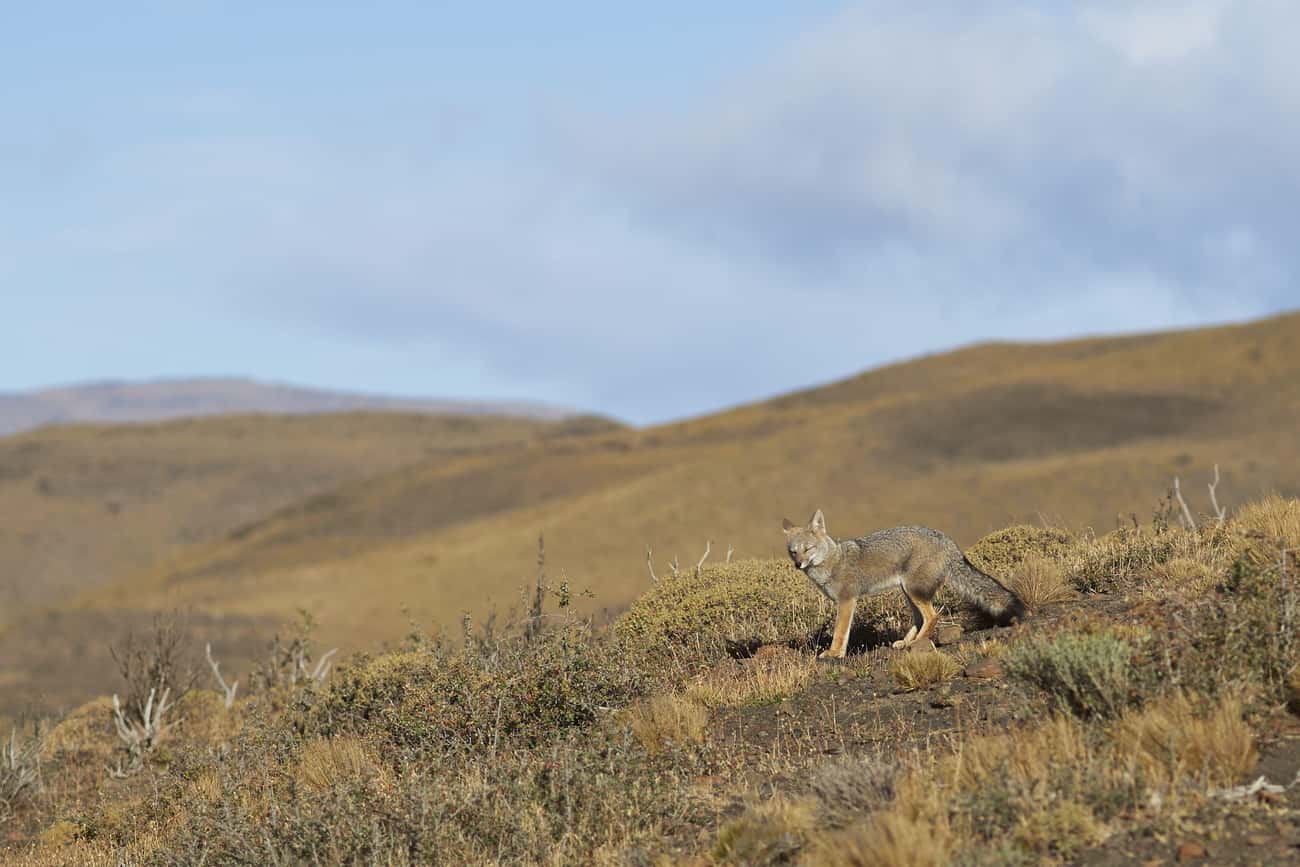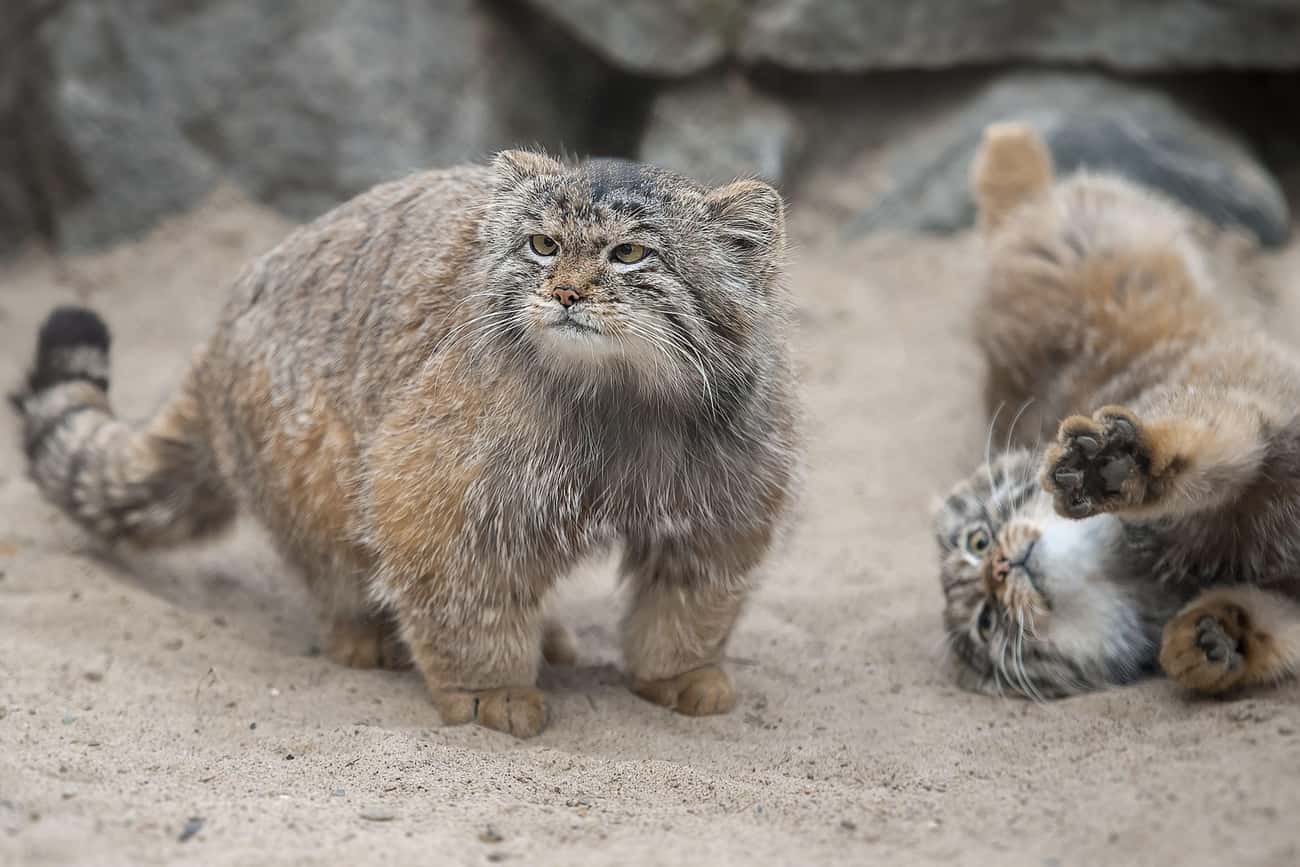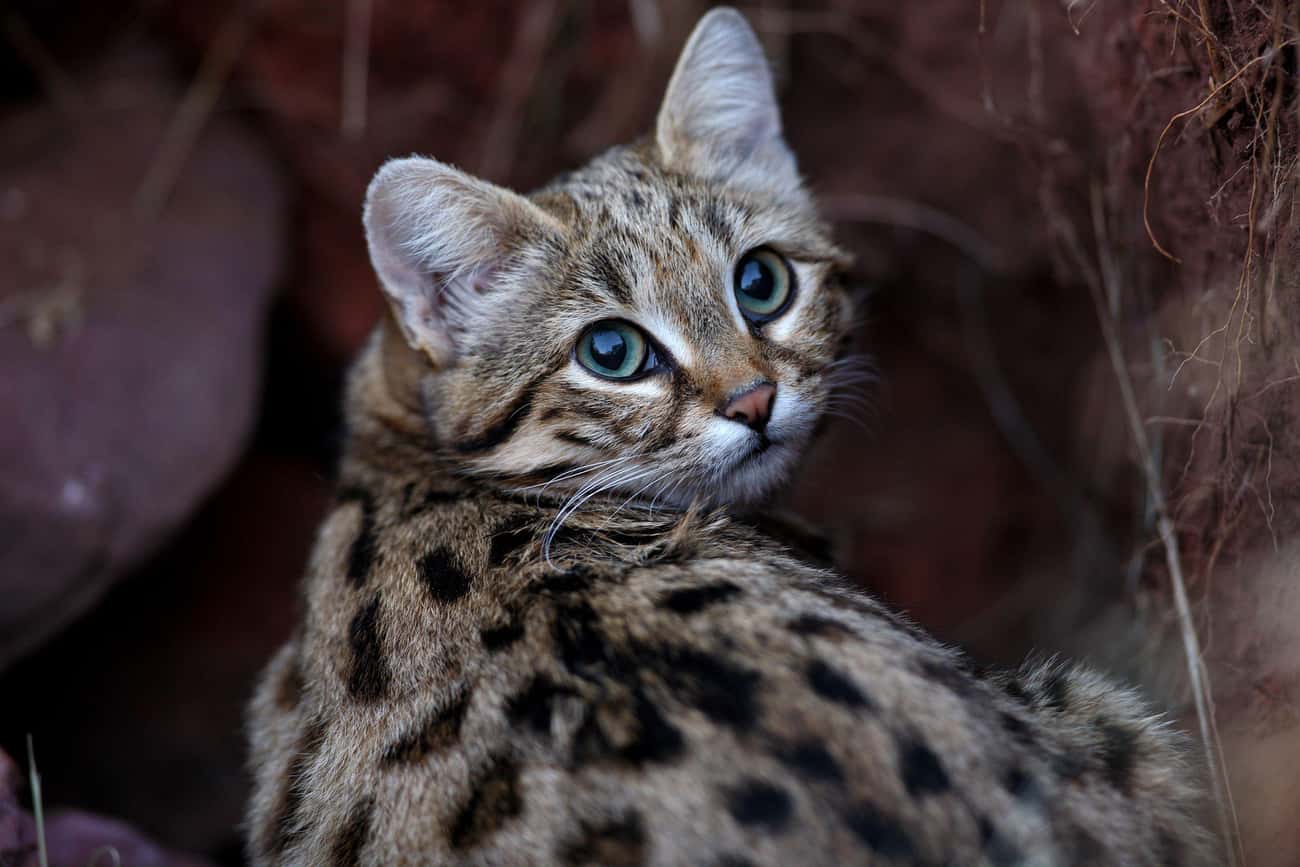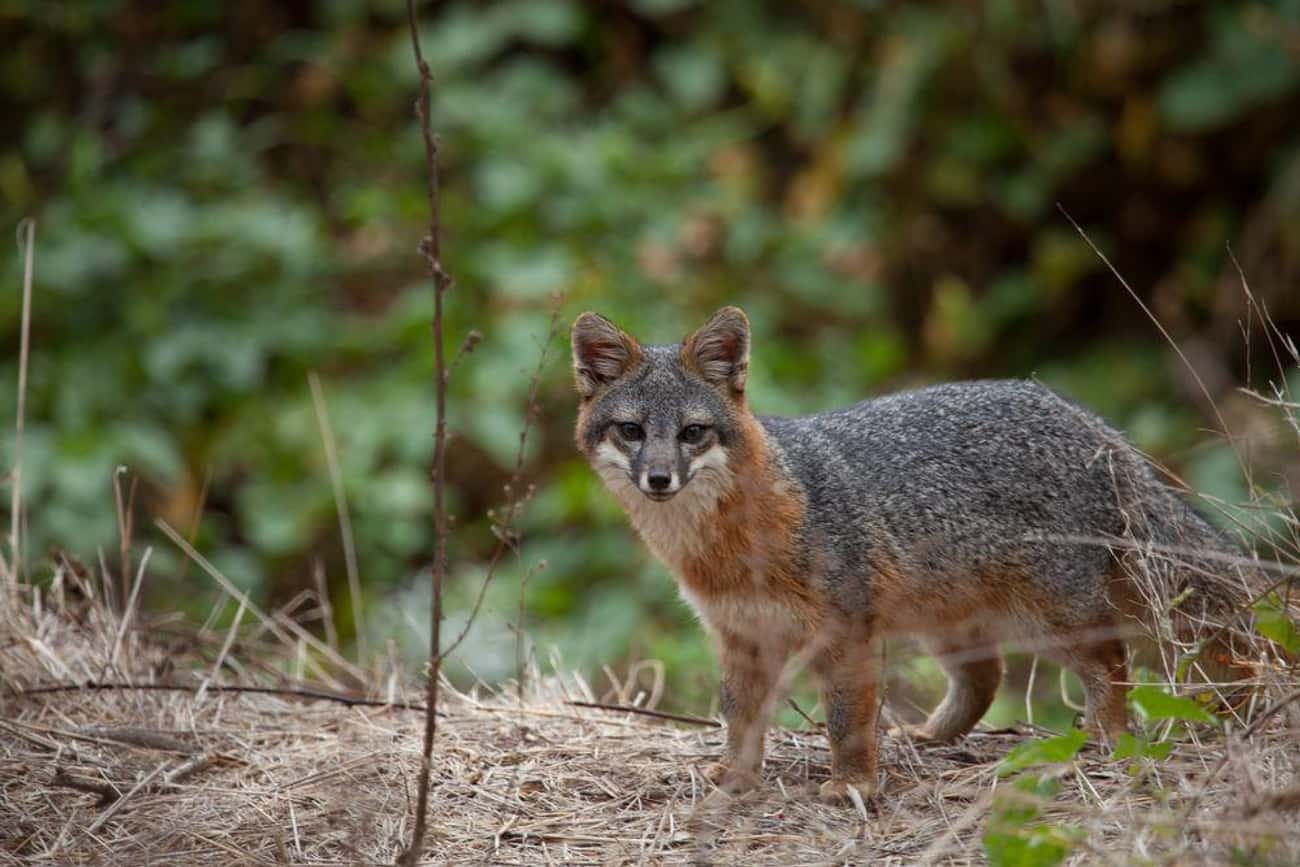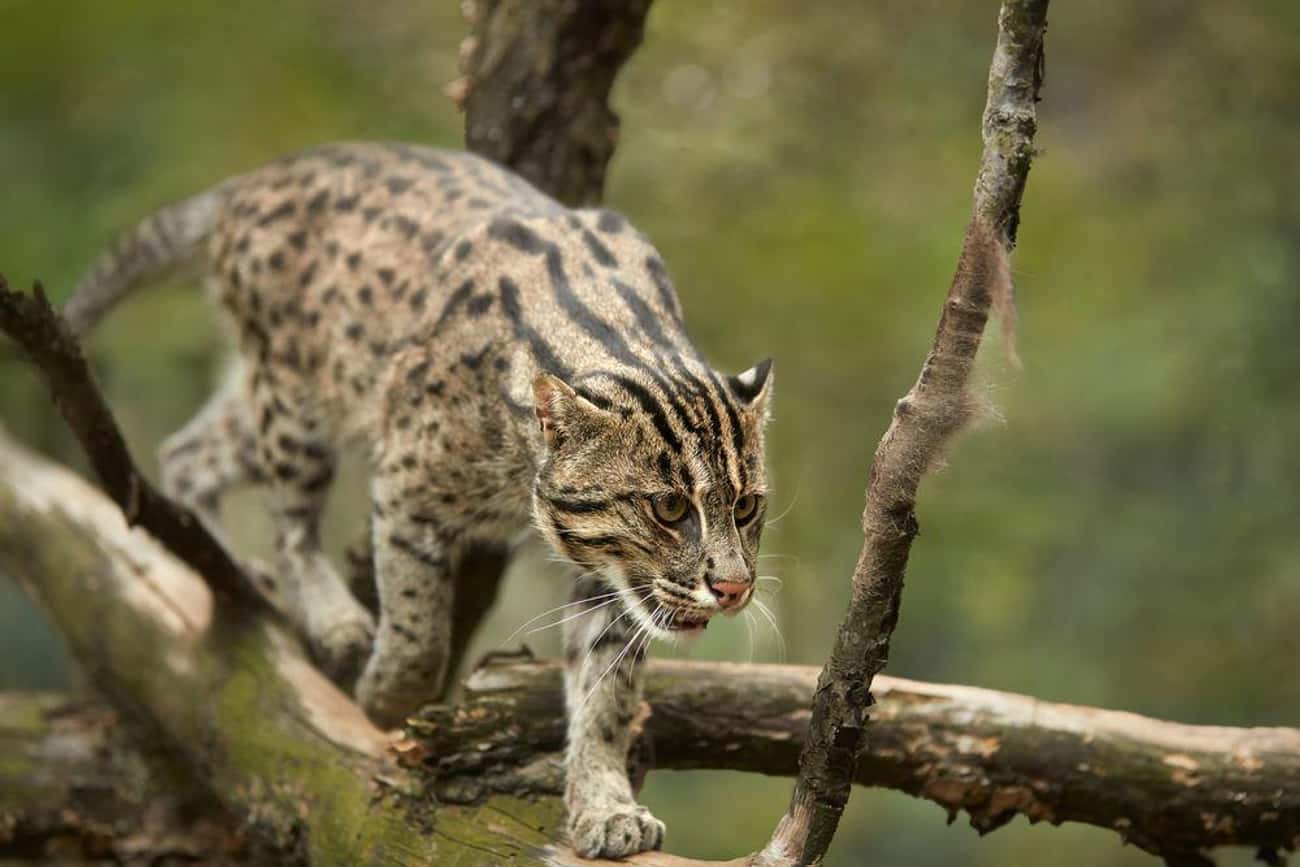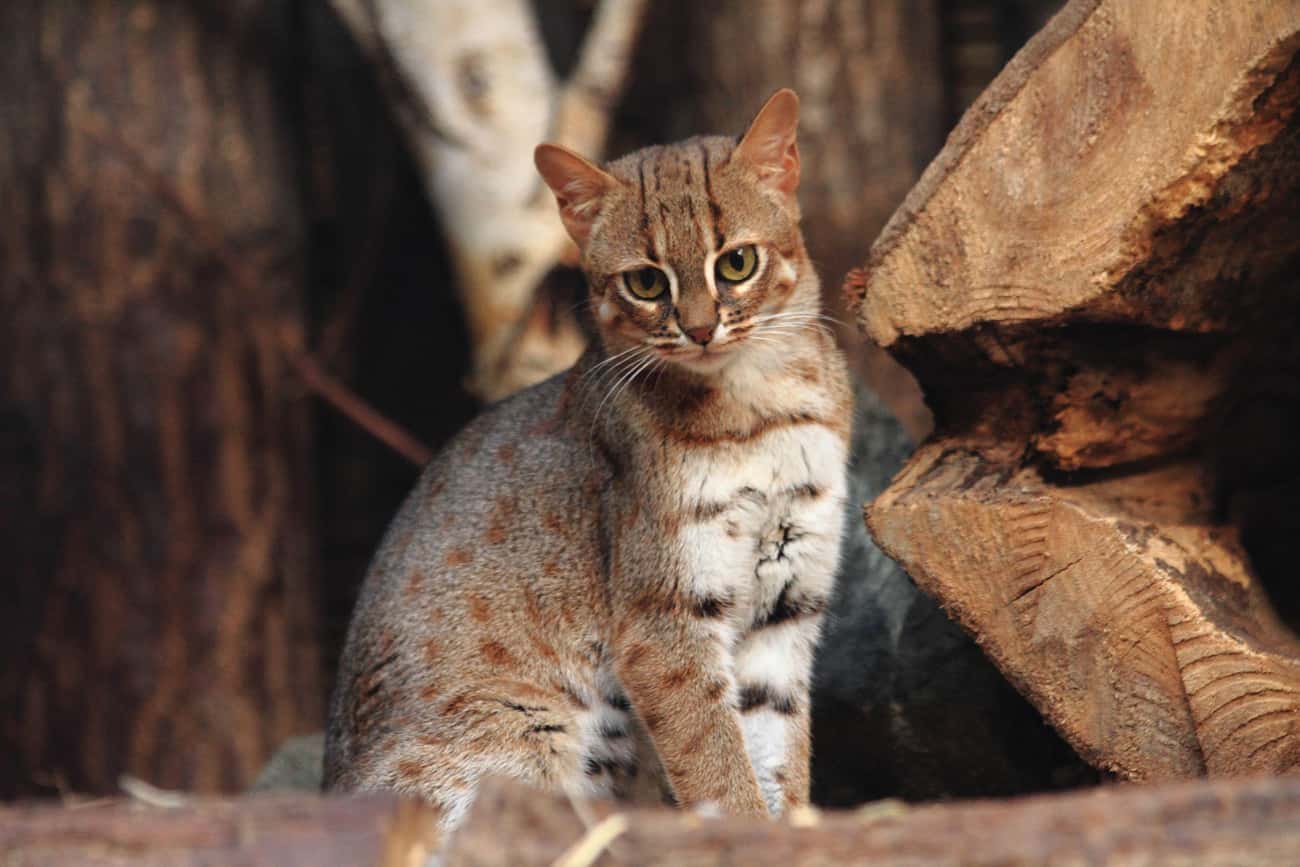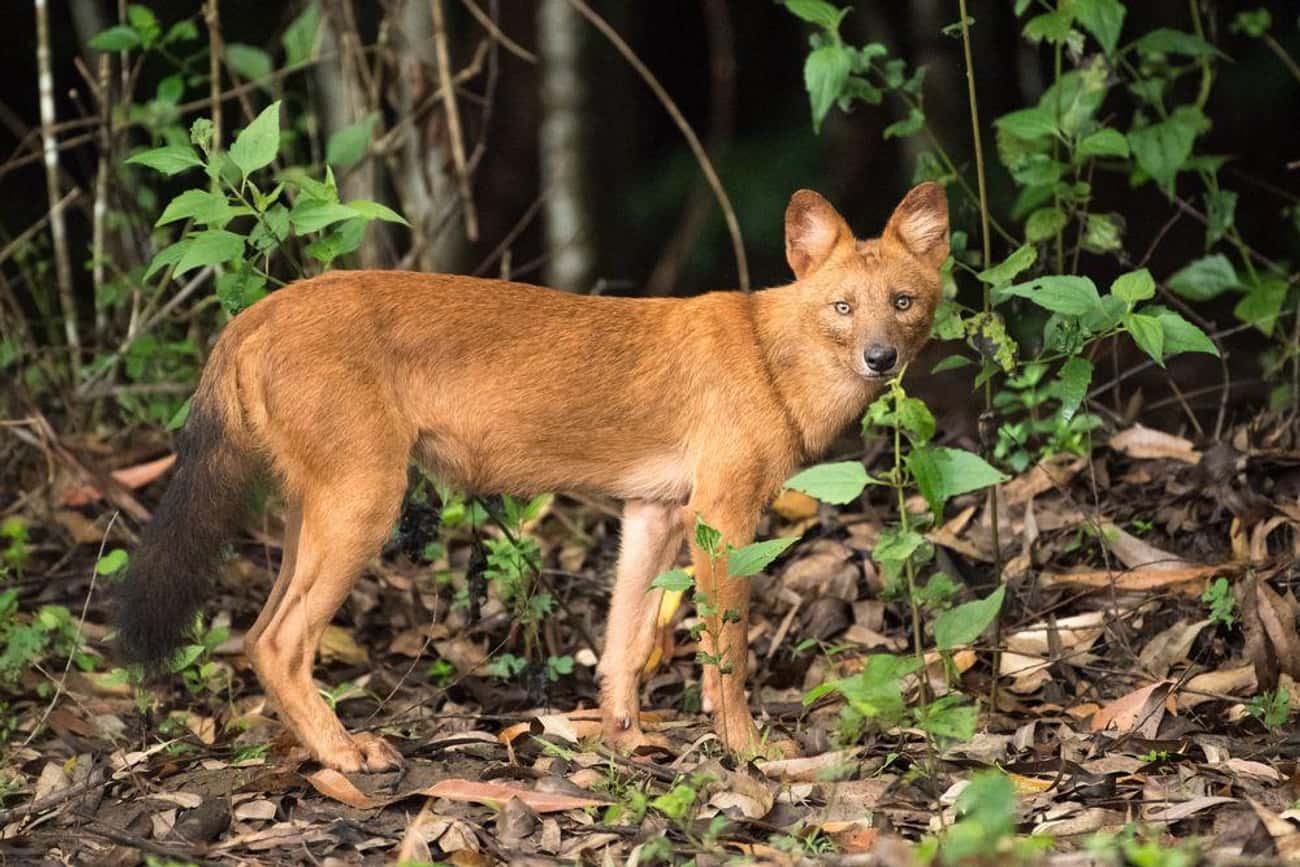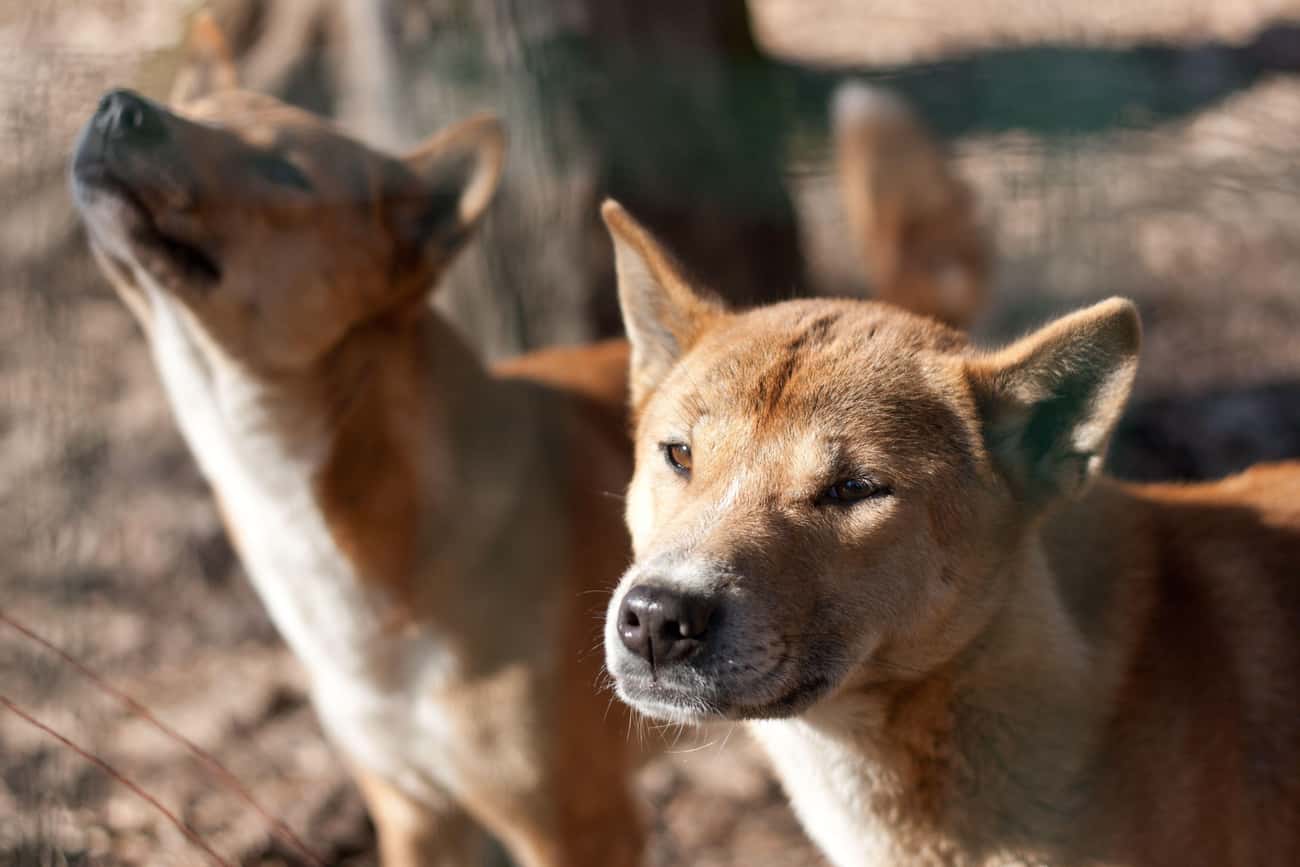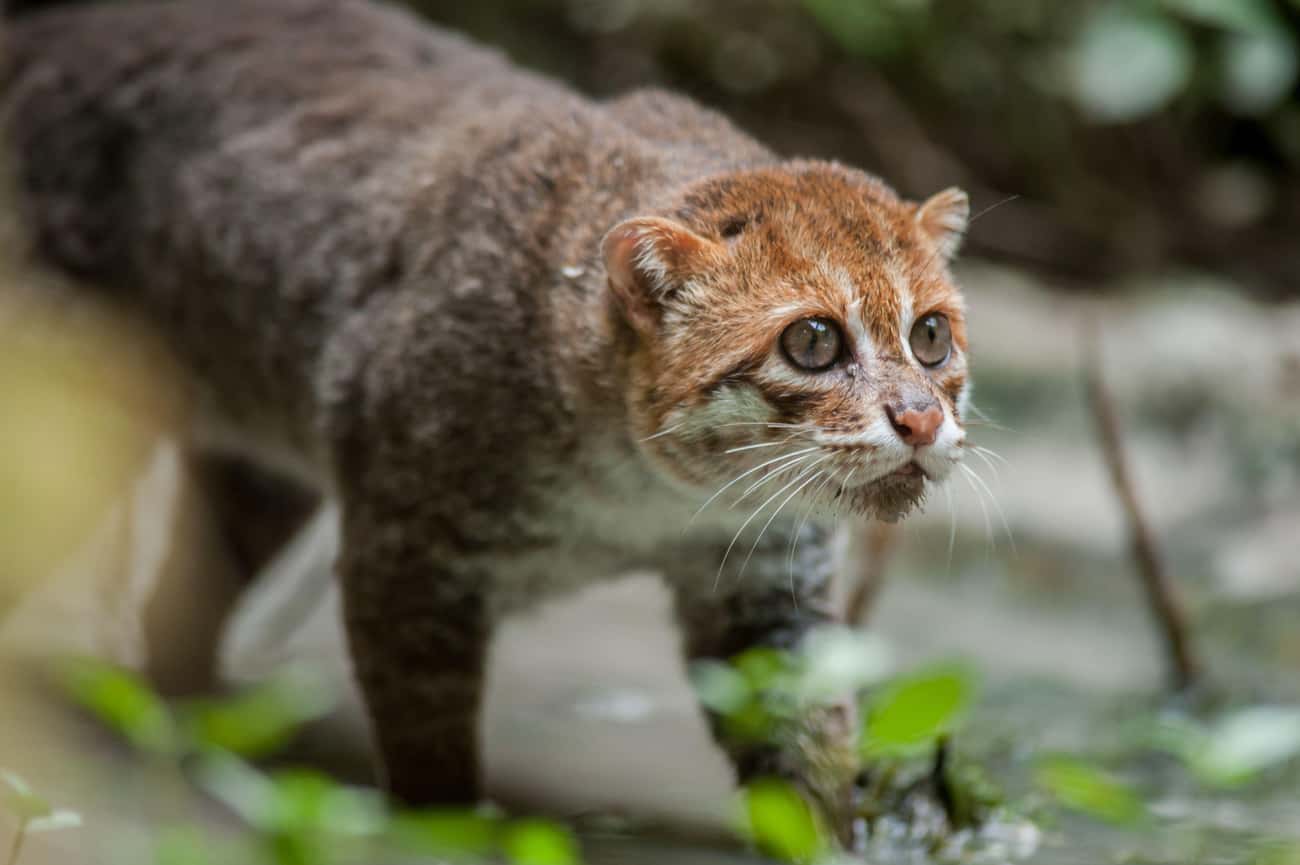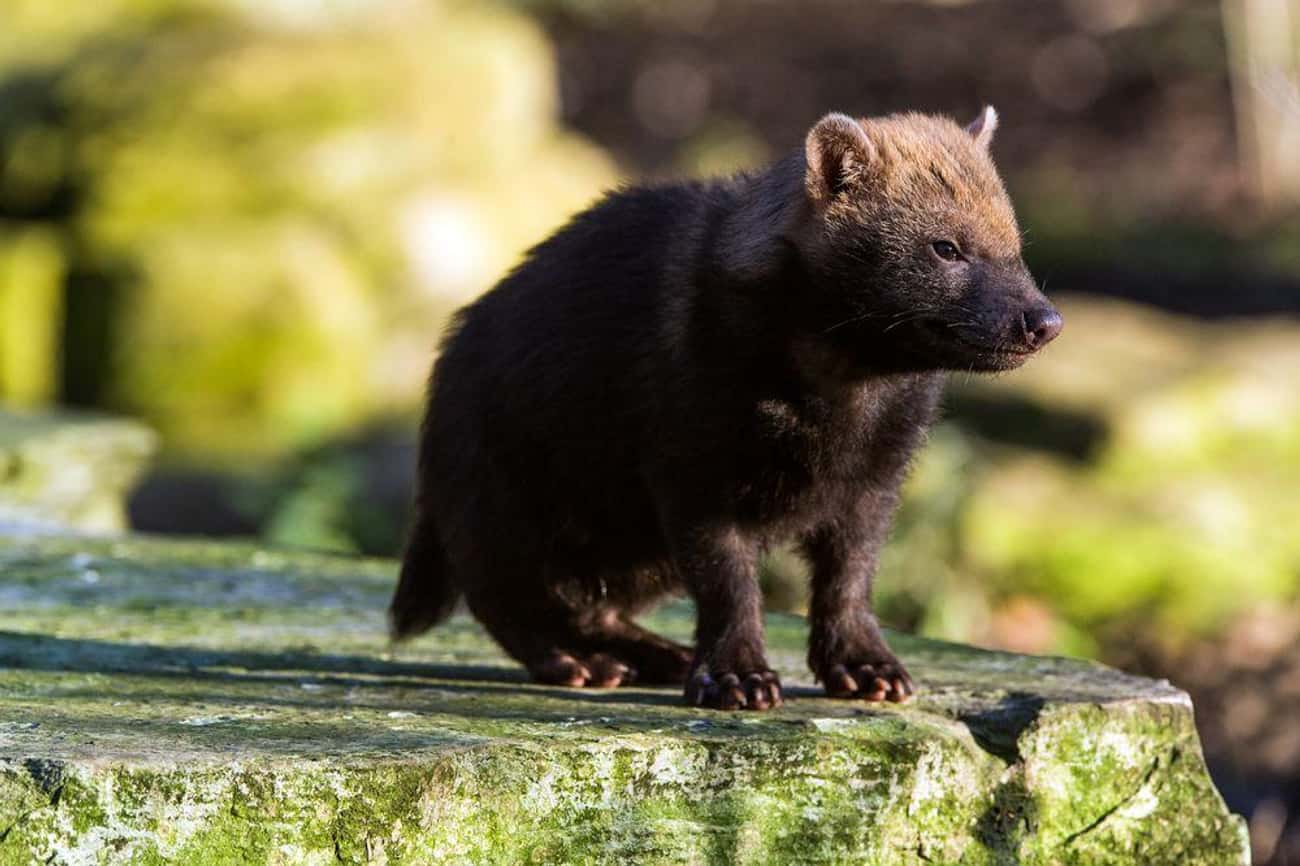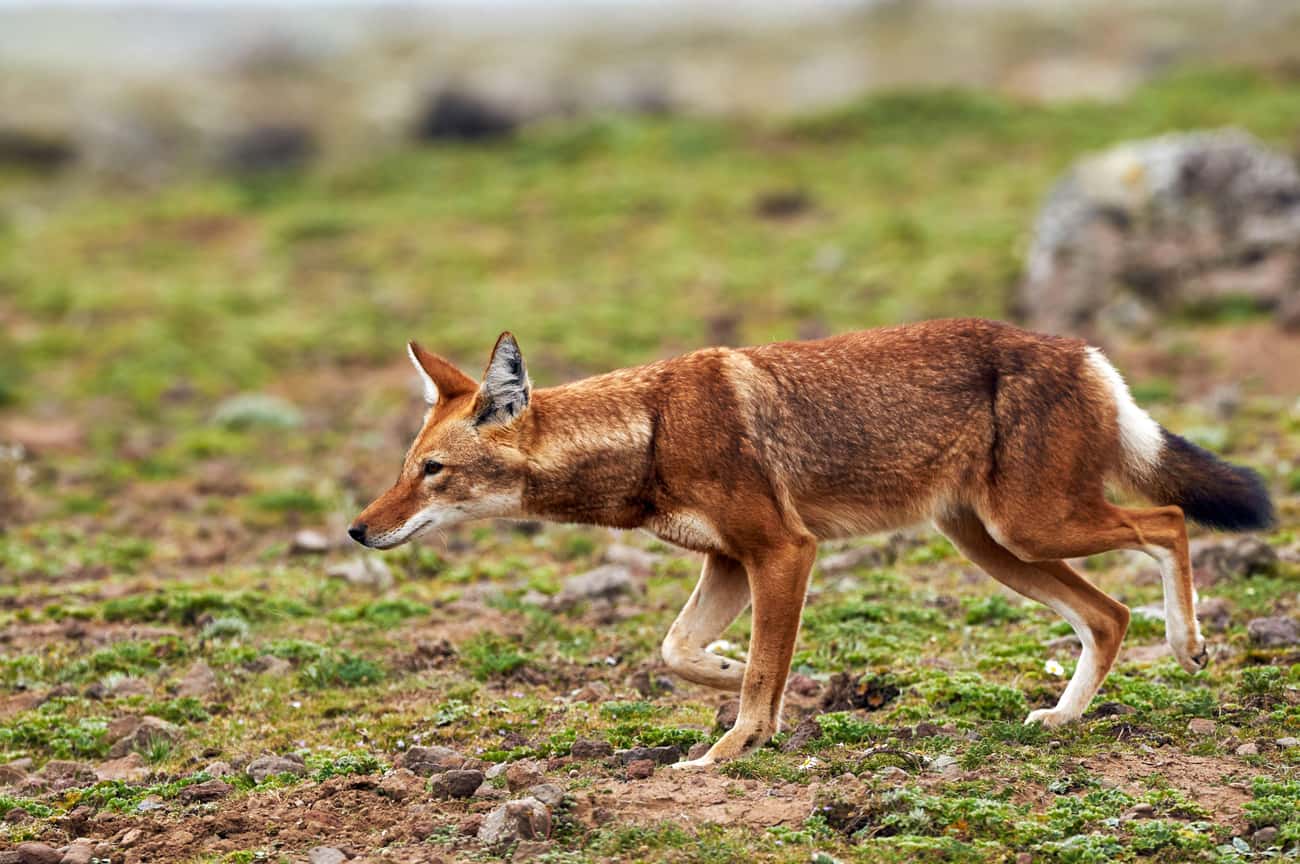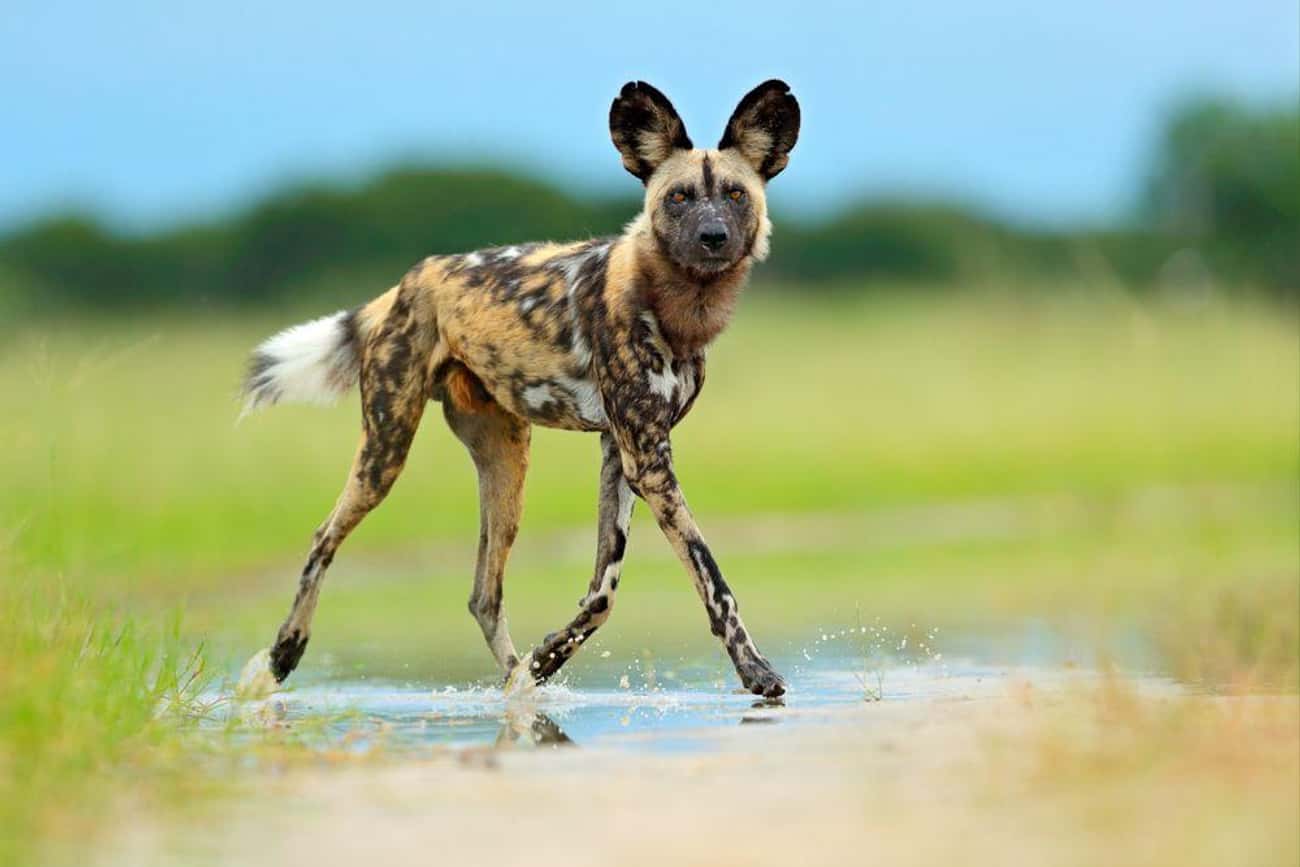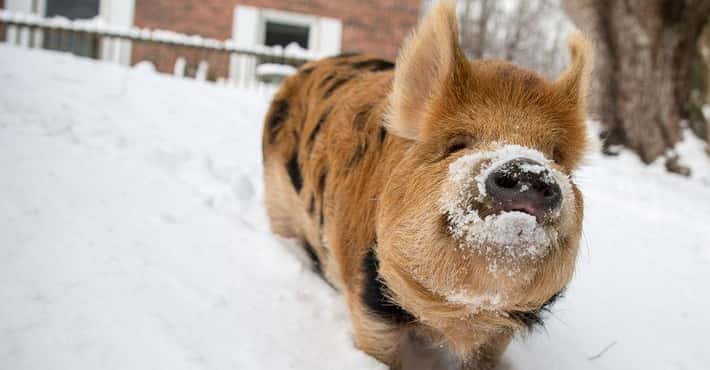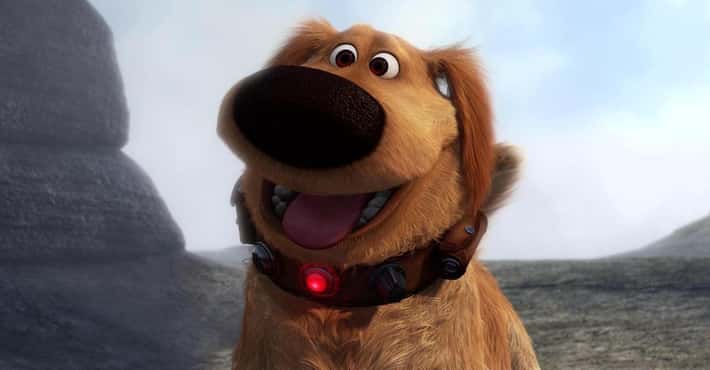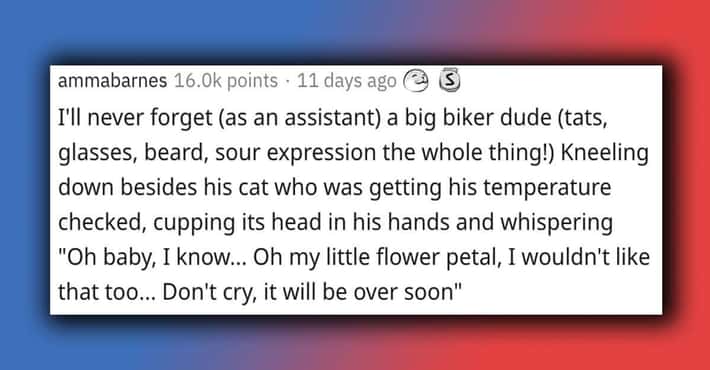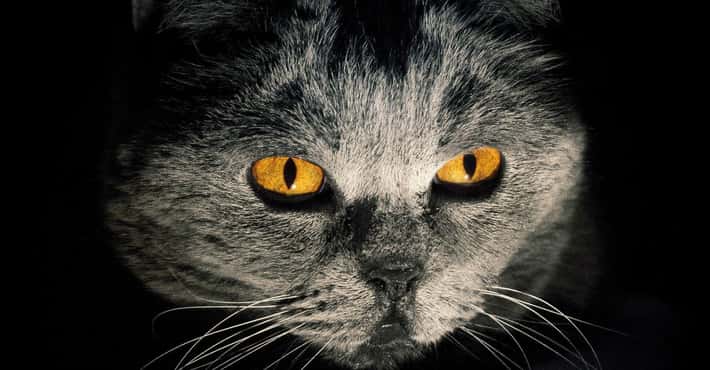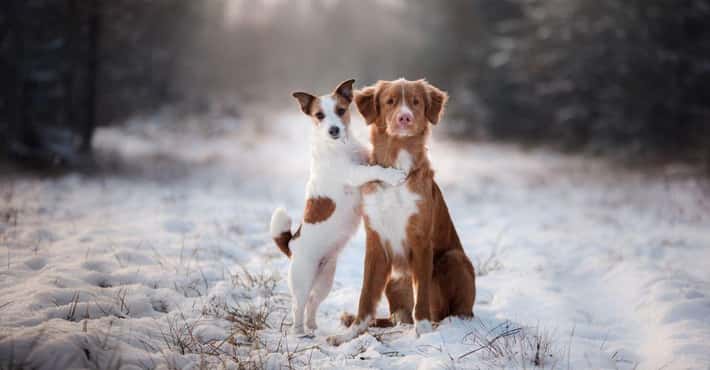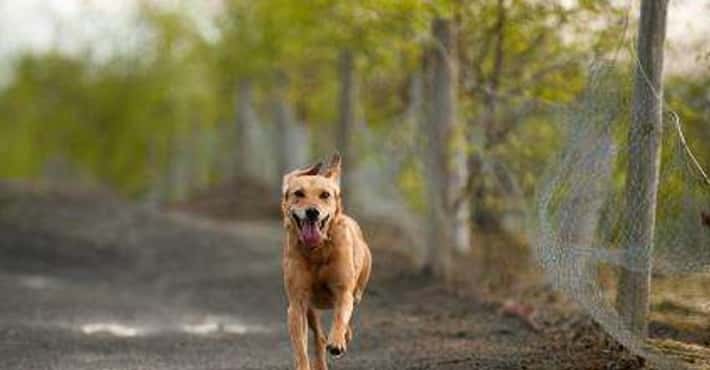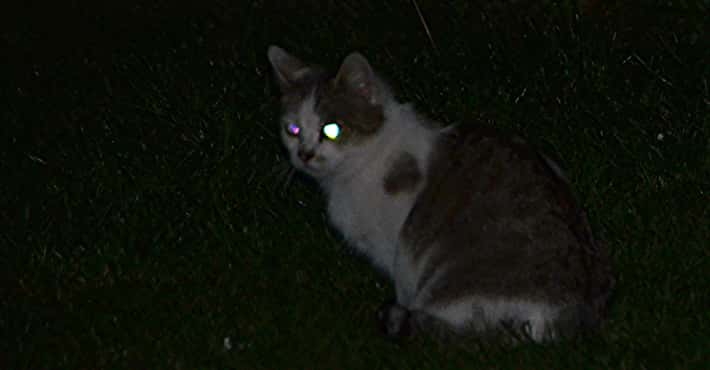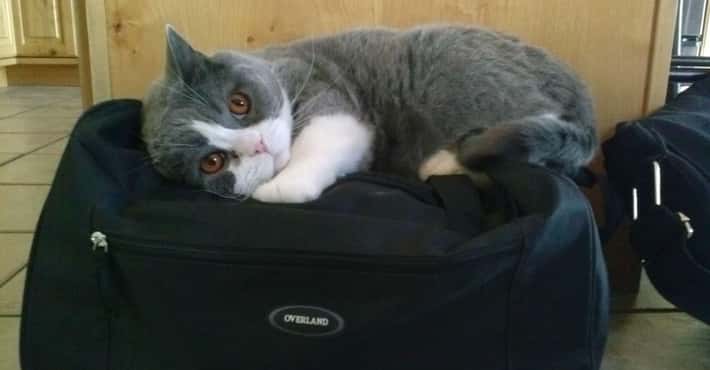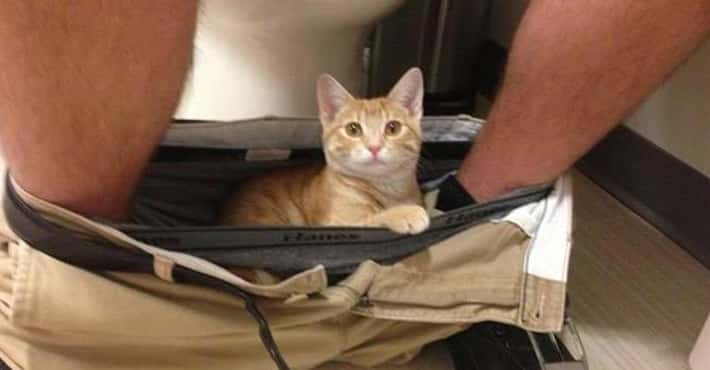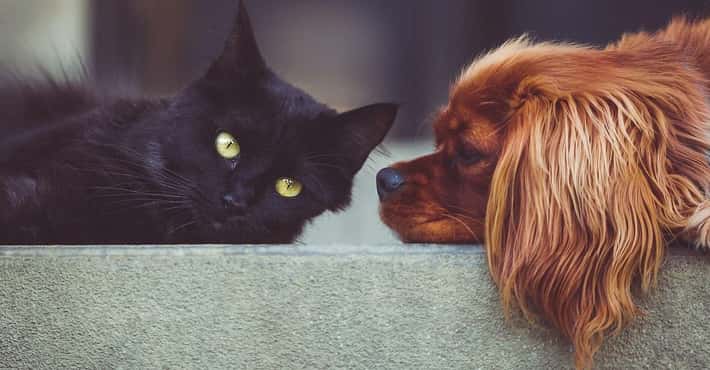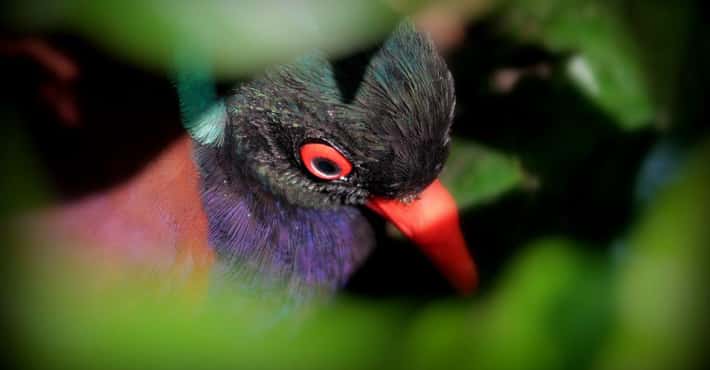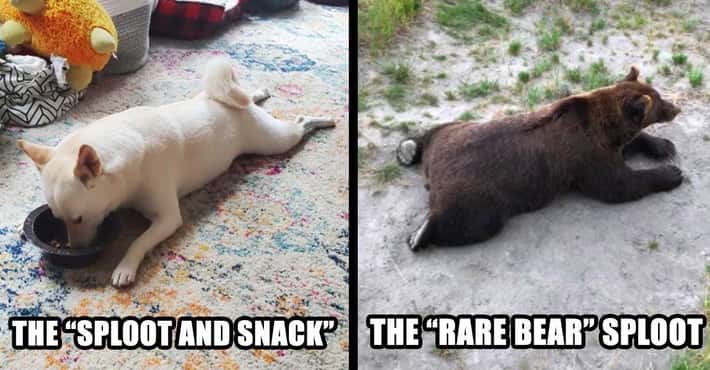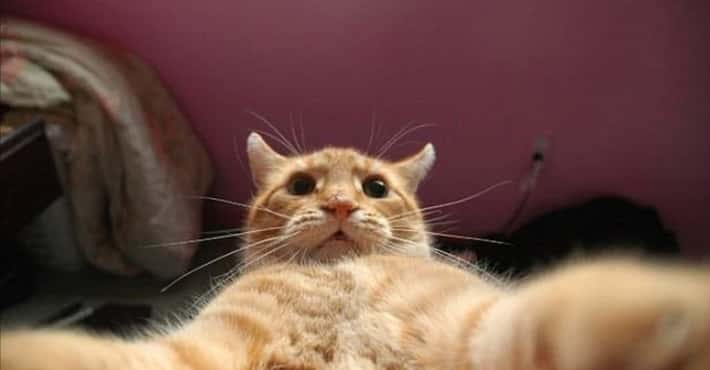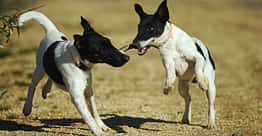14 Wild Dog And Cat Species That Are Amazingly Rare
Margay
Photo: ShutterstockLoss of habitat is what made this cat's population dwindle. They can be found in Central and South America, if you look hard enough.
Darwin's Fox
Photo: ShutterstockIt is estimated that there are fewer than 3,000 Darwin's foxes left in the world and the last of them can be found in Chile.
Pallas's Cat
Photo: ShutterstockFound mostly in Central Asia, the Pallas's cat is considered "near threatened" by the IUCN.
Black-Footed Cat
Photo: ShutterstockBlack-footed cats are the smallest breed of cat in Africa. They are mostly nocturnal, which might explain why they are difficult to find and study. It's estimated that there are fewer than 10,000 of these cats left in the wild.
Found on the Channel Islands of California, there are several different species of these small foxes, but their population dwindles because of loss of habitat.
Fishing Cat
Photo: ShutterstockThe fishing cat calls South Asia home, but they are listed as vulnerable by the ICUN due to loss of habitat. They camp alongside lakes waiting to find their next fishy meal.
One of the smallest feline species in the world, the rusty-spotted cat can only be found in India or Sri Lanka. The population is decreasing and is considered "vulnerable" by the IUCN.
Dholes are native to Central and East Asia. They're pack animals but, unlike wolves, members of the pack are quite playful and friendly with one another. There are fewer than 3,000 of these animals left in the wild.
New Guinea Singing Dog
Photo: ShutterstockHailing from Papua New Guinea, these dogs have a very distinctive howl that makes it sound like they are singing. There is a domesticated version of these dogs, but wild New Guinea singing dogs are exceptionally rare.
Flat-Headed Cat
Photo: ShutterstockYou can find these cats in Indonesia and Malaysia; their population is endangered due to loss of habitat.
Bush dogs are known for their superior swimming abilities due to their webbed feet. They call Central and South America home.
It looks like a wolf. It also looks like a fox. It's neither! These creatures are the only species in the genus, Chrysocyon, and they're native to South America.
Considered Africa's most endangered carnivore, the Ethiopian wolf is threatened by agricultural development in their habitats.
The African wild dog, or "painted dog," is one of the most social canines in the world; they pretty much do everything in packs. However, there are fewer than 1,500 of these animals left in the wild, and their population is decreasing.


